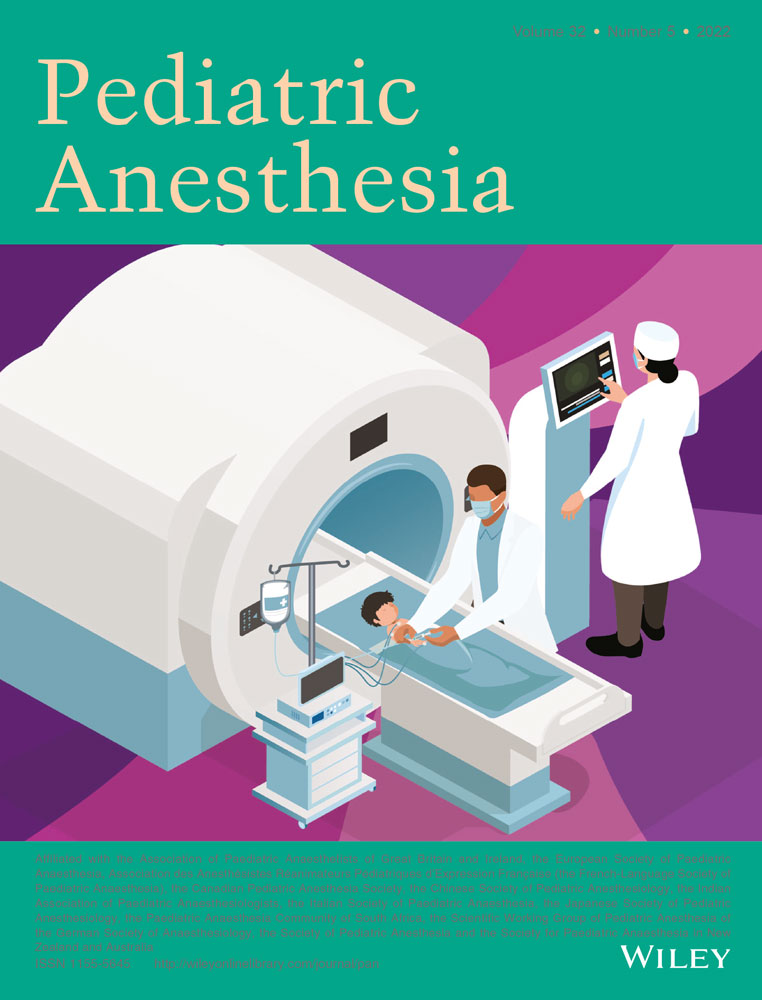Initial results from an enhanced recovery program for pediatric cardiac surgical patients
Section Editor: Dr Chandra Ramamoorthy
Abstract
Background
Over recent years, a number of enhanced recovery programs have appeared in first, adult colorectal surgery, and subsequently many other adult surgical specialties. Increasing interest in this approach to perioperative management in children culminated in the recent development of the first enhanced recovery pathway for pediatric intestinal surgery, endorsed by Enhanced Recovery after Surgery Society (ERAS®). In parallel, there has been increasing interest in the refinement of perioperative management of selected pediatric cardiac surgical patients, invariably referred to as “fast track” management. Initiatives have largely focused on duration of postoperative ventilation rather than on a much wider range of perioperative interventions to optimize recovery and ensure timely discharge after surgery. In our institution, a “Level 1” pediatric cardiac surgical center, we assembled a multidisciplinary team to design a comprehensive enhanced recovery pathway, based on ERAS® methodology, for selected cardiac surgical patients. After a lengthy period of planning, staff education, and preparation, we implemented the pathway at the end of November 2019.
Methods
We conducted a prospective audit of the perioperative management and outcomes of the first 88 patients managed according to this enhanced recovery pathway over a 25-month period in our institution.
Results
The mean age of the patients was 5.8 years (range 0.5–17.9), and the mean weight was 22.4 kg (range 6.6–57.2). Sixty-eight of the 88 patients were cardiopulmonary bypass cases. A total of 54% of patients received all four defined intraoperative anesthetic interventions (intravenous paracetamol, non-steroidal anti-inflammatory drug, antiemetic if aged more than 4 years, and use of a local anesthetic technique). A total of 89% of patients met the target extubation time of 6 h after administration of protamine. Median postoperative intensive care unit length of stay was 23.5 h (range 15.2–89.5). When compared to a historic control group, this represented a 22% reduction in median intensive care unit stay, although the total hospital length of stay remained unchanged. A total of 83% of patients met the target hospital discharge target of the fifth postoperative day.
Conclusions
These preliminary results suggest that enhanced recovery pathway implementation for selected pediatric cardiac surgical patients is feasible, with acceptable outcomes. They suggest areas for further development and the potential for wider implementation.
CONFLICT OF INTEREST
The authors report no relevant conflicts of interest.
Open Research
DATA AVAILABILITY STATEMENT
The data that support the findings of this study are available from the corresponding author upon reasonable request.




